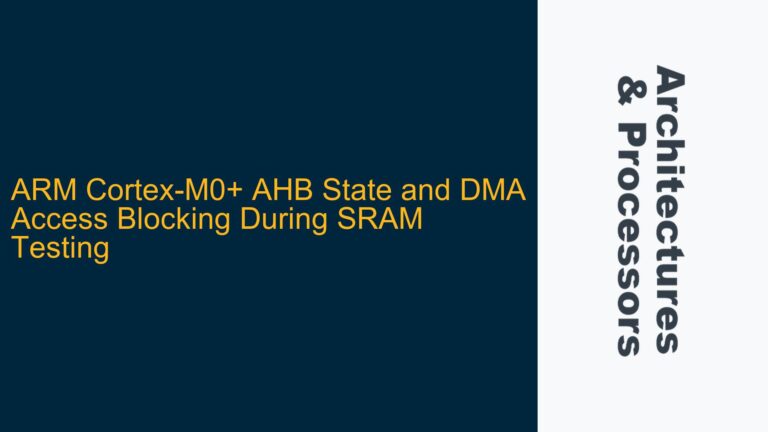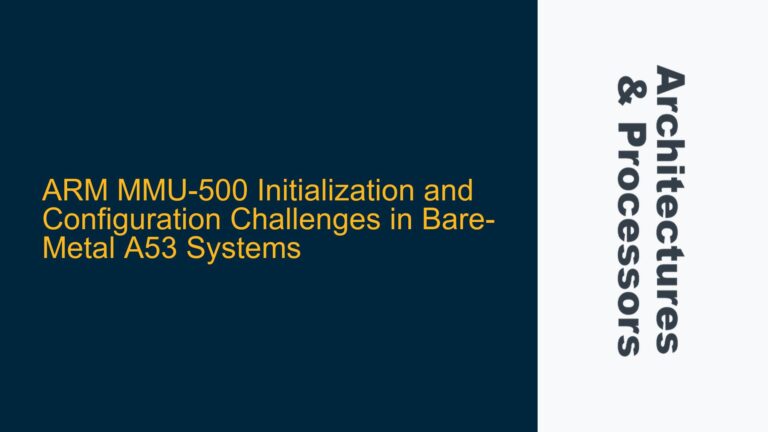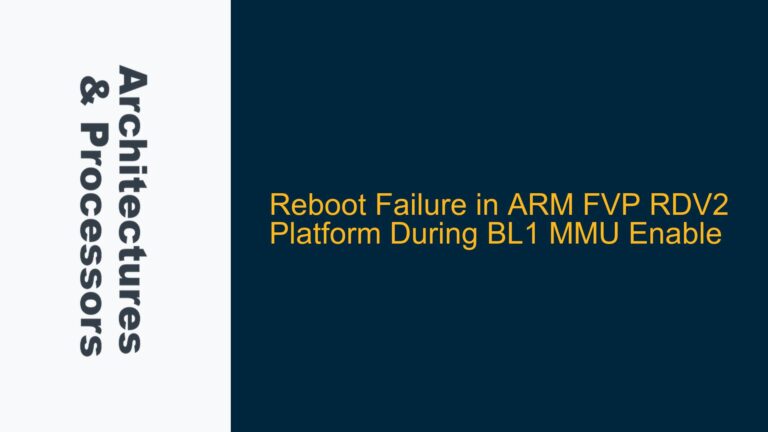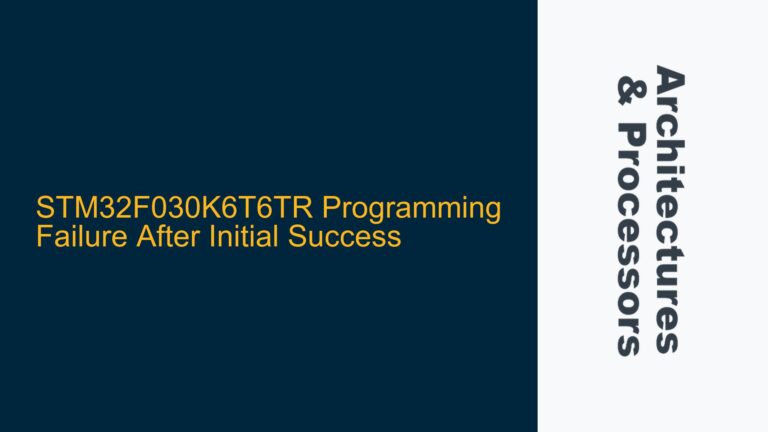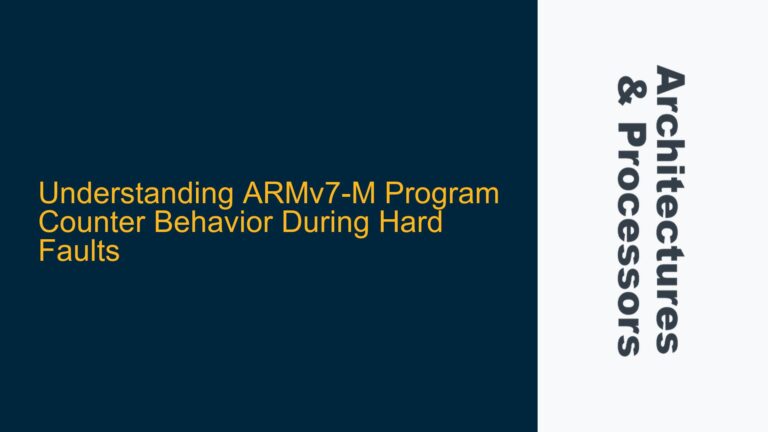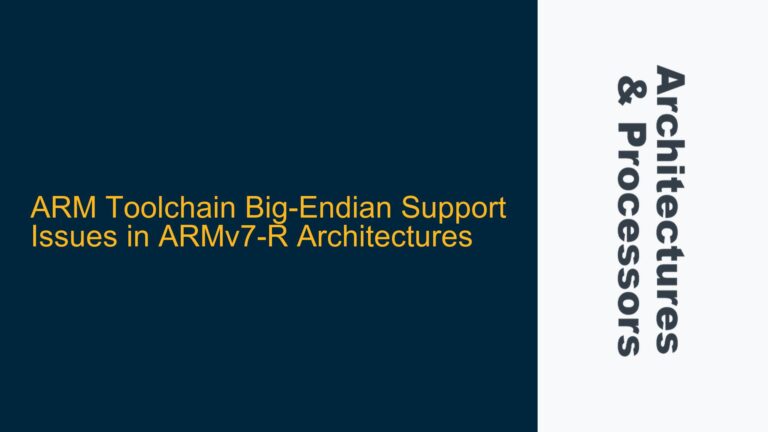ARM Cortex-A53 Core Block Diagram Requirements for FMEA Analysis
The ARM Cortex-A53 is a highly efficient, low-power processor core that is widely used in embedded systems and mobile devices. It is part of the ARMv8-A architecture and is designed to deliver a balance between performance and power efficiency. However, when performing a Failure Modes and Effects Analysis (FMEA) at the block level, a detailed understanding of the internal architecture of the Cortex-A53 core is essential. This analysis is crucial for identifying potential failure modes, their effects, and the necessary built-in tests to mitigate these risks.
The Cortex-A53 core consists of several key functional blocks, including the instruction fetch unit, instruction decode unit, integer and floating-point execution units, load/store unit, and various pipeline stages. Each of these blocks plays a critical role in the overall operation of the processor, and understanding their interactions is vital for accurate FMEA. Unfortunately, the ARM Cortex-A53 Technical Reference Manual (TRM) does not provide a detailed block diagram that breaks down these internal components to the level required for such an analysis.
In contrast, the ARM Cortex-A57, another member of the ARMv8-A family, has a more detailed block diagram available, which includes components like the dispatch unit, register renaming logic, and completion unit. This level of detail is necessary for performing a thorough FMEA, as it allows engineers to trace the flow of instructions and data through the core, identify potential failure points, and design appropriate tests to detect these failures.
The absence of a detailed block diagram for the Cortex-A53 core poses a significant challenge for engineers tasked with performing FMEA. Without a clear understanding of the internal architecture, it becomes difficult to identify all possible failure modes and their effects. This lack of visibility can lead to incomplete or inaccurate FMEA results, which in turn can compromise the reliability of the system.
Memory Barrier Omission and Cache Invalidation Timing
One of the critical aspects of the Cortex-A53 core that requires careful consideration during FMEA is the interaction between the processor and the memory subsystem. The Cortex-A53 core includes a multi-level cache hierarchy, which is essential for achieving high performance. However, this cache hierarchy also introduces potential failure modes related to cache coherency and memory consistency.
Cache coherency issues can arise when multiple cores or DMA engines access the same memory locations. In such cases, the Cortex-A53 core must ensure that all parties see a consistent view of memory. This is typically achieved through the use of memory barriers and cache maintenance operations. However, if these operations are omitted or incorrectly timed, it can lead to data corruption or incorrect program behavior.
Memory barriers are instructions that enforce an ordering constraint on memory operations. They ensure that all memory operations before the barrier are completed before any memory operations after the barrier are executed. In the context of the Cortex-A53 core, memory barriers are essential for maintaining cache coherency, especially in multi-core systems or when DMA is involved.
Cache invalidation is another critical operation that must be carefully managed. Cache invalidation ensures that stale data in the cache is removed, and the latest data from memory is fetched. However, if cache invalidation is performed at the wrong time, it can lead to data corruption or incorrect program behavior. For example, if a DMA engine writes data to memory, but the Cortex-A53 core does not invalidate its cache before reading the data, it may read stale data from the cache instead of the latest data from memory.
The timing of cache invalidation is particularly important in systems with real-time requirements. If cache invalidation is performed too early, it may result in unnecessary cache misses, which can degrade performance. If it is performed too late, it may result in data corruption or incorrect program behavior. Therefore, the timing of cache invalidation must be carefully considered during FMEA to ensure that it is performed at the right time to maintain cache coherency without degrading performance.
Implementing Data Synchronization Barriers and Cache Management
To address the issues related to memory barriers and cache invalidation, it is essential to implement proper data synchronization barriers and cache management strategies in the Cortex-A53 core. These strategies should be designed to ensure that all memory operations are correctly ordered and that the cache is properly maintained to prevent data corruption or incorrect program behavior.
Data synchronization barriers (DSBs) are a type of memory barrier that ensures that all memory operations before the barrier are completed before any memory operations after the barrier are executed. In the context of the Cortex-A53 core, DSBs are essential for maintaining cache coherency, especially in multi-core systems or when DMA is involved. DSBs should be used whenever there is a need to ensure that memory operations are correctly ordered, such as when a DMA engine writes data to memory, and the Cortex-A53 core needs to read the latest data.
Cache management is another critical aspect of ensuring proper operation of the Cortex-A53 core. Cache management involves performing cache maintenance operations, such as cache invalidation, cache cleaning, and cache flushing, at the appropriate times to ensure that the cache is properly maintained. Cache invalidation should be performed whenever there is a possibility that the cache contains stale data, such as after a DMA engine writes data to memory. Cache cleaning should be performed whenever there is a need to ensure that dirty data in the cache is written back to memory, such as before a DMA engine reads data from memory. Cache flushing should be performed whenever there is a need to ensure that all data in the cache is written back to memory, such as before powering down the core.
In addition to DSBs and cache management, it is also important to consider the use of other memory barriers, such as instruction synchronization barriers (ISBs) and data memory barriers (DMBs). ISBs ensure that all instructions before the barrier are completed before any instructions after the barrier are executed. DMBs ensure that all memory operations before the barrier are completed before any memory operations after the barrier are executed. These barriers should be used whenever there is a need to ensure that instructions or memory operations are correctly ordered.
To implement these strategies effectively, it is essential to have a detailed understanding of the internal architecture of the Cortex-A53 core. This includes understanding the pipeline stages, the cache hierarchy, and the interactions between the core and the memory subsystem. Without this understanding, it becomes difficult to design effective data synchronization barriers and cache management strategies that can prevent data corruption or incorrect program behavior.
In conclusion, performing FMEA on the ARM Cortex-A53 core requires a detailed understanding of its internal architecture, including the instruction fetch unit, instruction decode unit, integer and floating-point execution units, load/store unit, and various pipeline stages. The absence of a detailed block diagram in the ARM Cortex-A53 Technical Reference Manual poses a significant challenge for engineers tasked with performing FMEA. However, by carefully considering the issues related to memory barriers and cache invalidation, and implementing proper data synchronization barriers and cache management strategies, it is possible to mitigate potential failure modes and ensure the reliable operation of the Cortex-A53 core.

